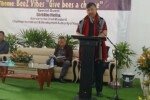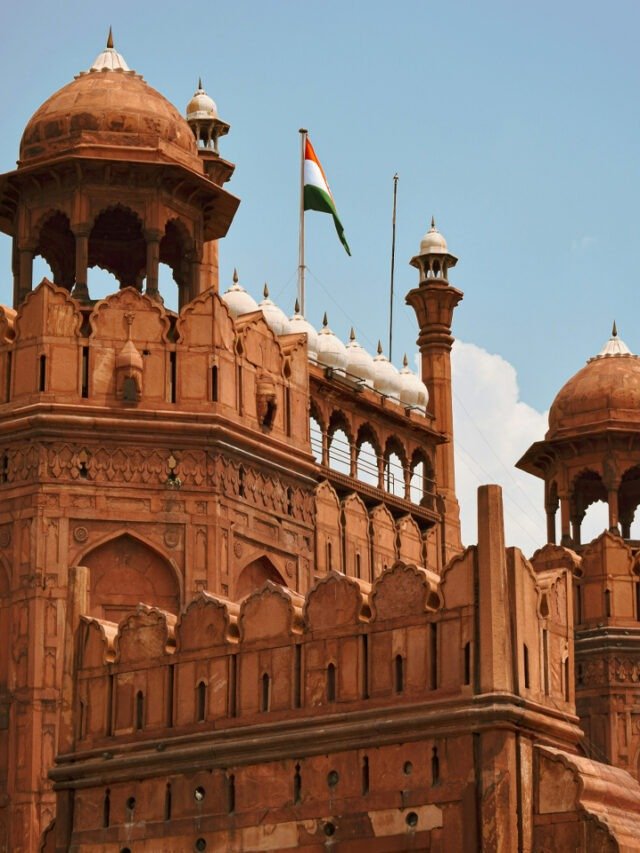Strap: ‘State will reach the target of 2000 MT of honey production by 2030’
HT Correspondent
DIMAPUR, Dec 5: Nagaland produces 440 metric tons of honey per annum with over one lakh beekeepers taking to beekeeping all over the state.
This was stated by deputy chief minister TR Zeliang while addressing the 5th Nagaland Honey Bee Day celebration under the theme ‘Bee and Honey Trails’ at Naga Heritage village, Kisama, during the ongoing Hornbill Festival on Tuesday. He said the Nagaland Beekeeping and Honey Mission (NBHM) has added around 25,000 more beekeepers with proper guidance for beekeeping covering about 500 villages.
Zeliang exuded confidence the state will reach the target of 2000 MT of honey production by 2030.
On the demand and supply side, he said there is still a huge gap between the two as the honey produced in the state is used domestically and does not even meet the domestic demand as the purchase for consumption is growing year by year.
“Due to the poor financial position of the state, we are not in a position to pump in more funds to the Mission for it to grow on a large scale,” he added.
Quoting “Where there is honey, the land is rich”, he said under the guidance of the NBHM, traditional beekeeping has transformed into a sustainable source of income for many, contributing to economic sustainability.
Zeliang said Nagaland has a unique age-old tradition of beekeeping practices and has been endowed with the potential to be the epicenter of apicultural activities due to abundant nectar-rich flowering plants and favorable climatic conditions, rich vegetation and ideal topography.
He stressed the importance of beekeeping not only for honey production but also for the production of beeswax and the crucial role played by bees in pollination, enhancing crop productivity. He credited the NBHM for sensitising people to these byproducts, leading to more individuals taking up beekeeping as a primary or secondary source of income.
Zeliang also praised the unique quality of Nagaland’s honey, attributing its taste to the rich source of nutrition for honeybees acquired from the state’s varied flora. He said Nagaland could produce the organic nature of honey because of untainted vegetation in forests.
With the launching of the ‘Bee Tourism’ during this Hornbill Festival by the NBHM, Zeliang expressed optimism that the first-hand experience of traditional beekeeping and unique practices would encourage and educate the local and non-local tourists. The opening of the ‘Honey Hub’ at Kisama also provided a great avenue for the beekeeping community to exhibit and sell their products, he added.












